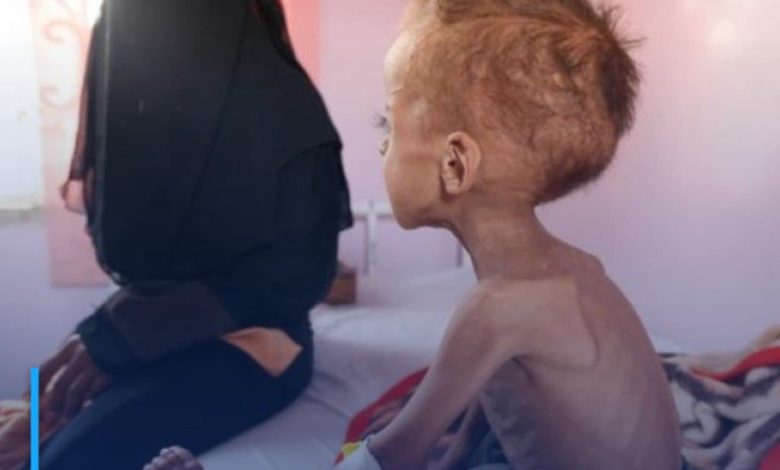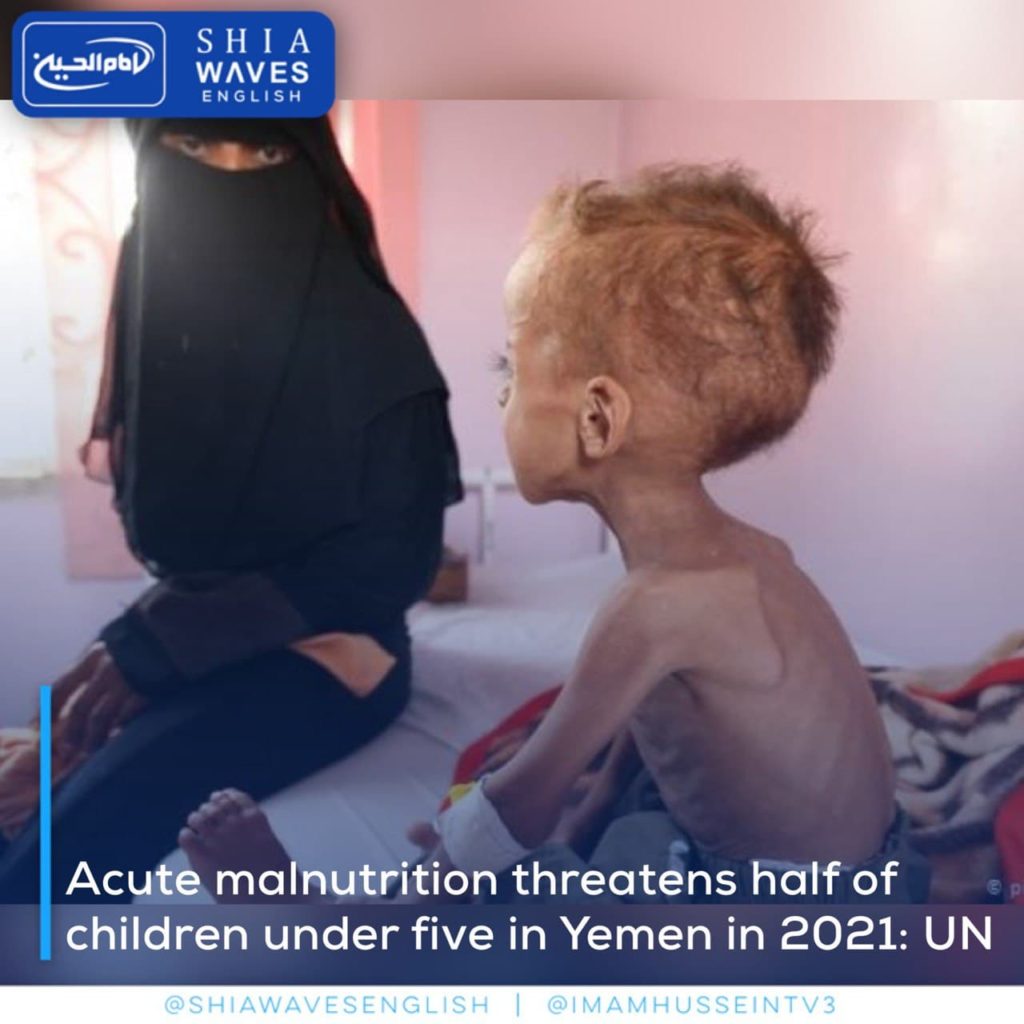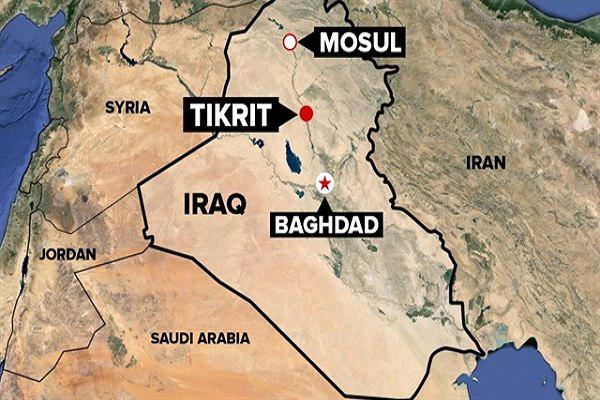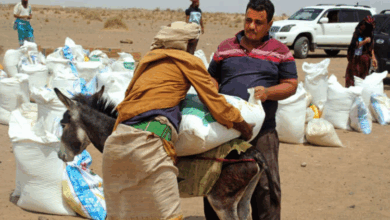Acute malnutrition threatens half of children under five in Yemen in 2021: UN


Nearly 2.3 million children under the age of five in Yemen are projected to suffer from acute malnutrition in 2021, four United Nations agencies warned today. Of these, 400,000 are expected to suffer from severe acute malnutrition and could die if they do not receive urgent treatment.
The new figures, from the latest Integrated Food Security Phase Classification (IPC) Acute Malnutrition report released today by the Food and Agriculture Organization of the United Nations (FAO), UNICEF (the United Nations Children’s Fund), the World Food Programme (WFP), the World Health Organization (WHO) and partners, mark an increase in acute malnutrition and severe acute malnutrition of 16 per cent and 22 per cent, respectively, among children under five years from 2020.
The agencies also warned that these were among the highest levels of severe acute malnutrition recorded in Yemen since the escalation of conflict in 2015.
Malnutrition damages a child’s physical and cognitive development, especially during the first two years of a child’s life. It is largely irreversible, perpetuating illness, poverty and inequality.
Years of armed conflict and economic decline, the COVID-19 pandemic and a severe funding shortfall for the humanitarian response are pushing exhausted communities to the brink, with rising levels of food insecurity. Many families are having to resort to reducing the quantity or quality of the food they eat, and in some cases, families are forced to do both.
“The increasing number of children going hungry in Yemen should shock us all into action,” said UNICEF Executive Director Henrietta Fore. “More children will die with every day that passes without action. Humanitarian organizations need urgent predictable resources and unhindered access to communities on the ground to be able to save lives.”
The dire situation for Yemen’s youngest children and mothers means any disruptions to humanitarian services – from health to water, sanitation and hygiene, to nutrition, food assistance and livelihoods support – risk causing a deterioration in their nutrition status.






